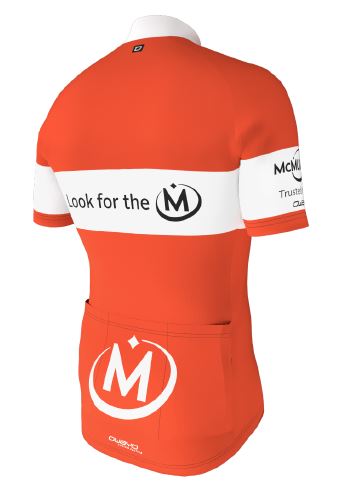The beacon provides access to the COSPAS-SARSAT satellite constellation which has been attributed to saving over 37,000 lives since its inception in 1982. When activated the PLB obtains its global position using GPS. It then transmits the co-ordinates via the COSPAS-SARSAT satellites to mission control, who inform the local search and rescue co-ordination centre. All within a couple of minutes. Follow this link to read of some of the many rescues.
The real benefit of this service is when you are out in the
wilds or off shore, far from mobile phone signal. A PLB will work ANYWHERE in
the world and if you have the misfortune to need it, the service is free of
charge once you have bought the beacon. The Ranger PLB retails for around £175
to £200.
The handheld beacon itself is a stocky, rugged little fella.
Weighing about 160g and measuring 36x50x112mm. It is an easy to locate bright
orange with a tough rubberised case to protect against the expected bangs and
knocks it might receive in a backpack or pocket.
Once activated it’ll operate for 24hours, although you could
extend this by periodically turning the beacon on and off. The battery is not user
changeable so you will need to contact a service centre for a replacement approximately
every 6 years.
To operate the beacon:
Caution! This is a single operation device and intended only for use when your life is in critical danger. False activations are extremely expensive as every activation must be taken seriously. You might be held accountable for this cost, and you could be taking resource away from a real emergency.
To operate the beacon:
Caution! This is a single operation device and intended only for use when your life is in critical danger. False activations are extremely expensive as every activation must be taken seriously. You might be held accountable for this cost, and you could be taking resource away from a real emergency.
- Flip up the red handle at the top of the PLB.
- Pull sharply on the handle to remove the cover. This will break the fixing point so the cover cannot be replaced. (A single spare cover is provided in the box just in case you get curious.)
- In my experience the metal blade antenna will probably deploy when the cover is removed. If not ensure it is unwrapped from the beacon and extended to its full height.
- Press the 'ON' button.
- Ensure that the beacon has a clear view of the sky. It needs to be able to see the satellites orbiting overhead to obtain its position and transmit a distress message. If possible avoid wooded areas, cliffs and deep valleys or ravines. If you are injured and cannot relocate do not worry; the beacon is likely still to work, but it might just take longer to obtain and transmit information.
- Initially the strobe will flash rapidly on the top of the beacon to indicate that it is on and searching for a GPS location. When the strobe speed slows this means that it has obtained a position fix, and a long flash followed by three short flashes means an emergency message has been transmitted and help is on the way.













